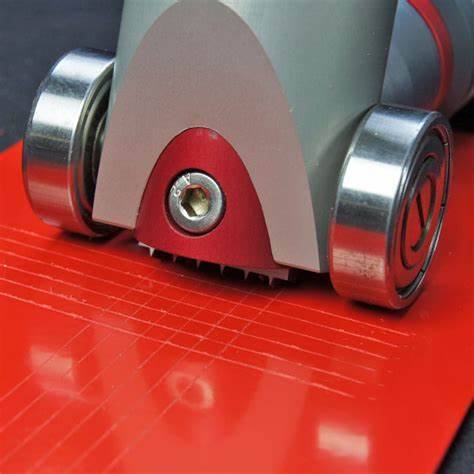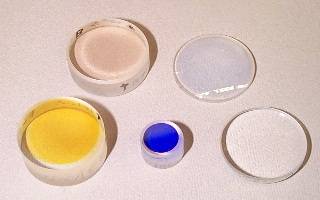-

What is EMI Glass and its Application?
Electromagnetic shielding glass is based on the performance of the conductive film reflecting electromagnetic waves plus the interference effect of the electrolyte film. Under the conditions of a visible light transmittance of 50% and a frequency of 1 GHz, its shielding performance is 35 to 60 dB...Read more -

What is Borosilciate Glass and its Characteristics
Borosilicate glass has a very low thermal expansion, about one of three of soda lime glass. The main approximate compositions are 59.6% silica sand, 21.5% boric oxide, 14.4% potassium oxide, 2.3% zinc oxide and trace amounts of calcium oxide and aluminum oxide. Do you know what other characterist...Read more -

Performance Parameters of LCD Display
There are many kinds of parameter settings for the LCD display, but do you know what effect these parameters have? 1. Dot pitch and resolution ratio The principle of the liquid crystal display determines that its best resolution is its fixed resolution. The dot pitch of the liquid crystal display...Read more -

What is Float Glass and How it Made?
Float glass is named after the molten glass floats on the surface of the molten metal to obtain a polished shape. The molten glass floats on the surface of the metal tin in a tin bath filled with protective gas (N2 + H2) from the molten storage. Above, flat glass (plate-shaped silicate glass) is ...Read more -

The Definition of Coated Glass
Coated glass is the surface of the glass with coated one or more layers of metal, metal oxide or other substances, or migrated metal ions. Glass coating changes the reflectance, refractive index, absorptivity and other surface properties of glass to light and electromagnetic waves, and gives the ...Read more -

The Introduction and Application of Float Glass Thermal Tempered Glass
The tempering of flat glass is achieved by heating and quenching in a continuous furnace or a reciprocating furnace. This process is usually carried out in two separate chambers, and the quenching is carried out with a large amount of air flow. This application can be a low-mix or low-mix large v...Read more -

What is Cross Cut Test?
Cross cut test is generally a test to define the adhesion of the coating or printing on a subject. It can be divided into ASTM 5 levels, the higher the level, the stricter of the requirements. For the glass with silkscreen printing or coating, usually the standard level...Read more -

What are Parallelism and Flatness?
Both parallelism and flatness are measurement terms by working with a micrometer. But what are actually parallelism and flatness? It seems they are very similar in meanings, but actually they are never synonymous. Parallelism is the condition of a surface, line, or axis which is equidistant at al...Read more -

Holiday Notice – the Dragon Boat Festival
To our distinguish customer and friends: Saida glass will be in holiday for the Dargon Boat Festival from 25th to 27th June. For any emergency, please call us or drop an email.Read more -

Reflection Reducing Coating
Reflection reducing coating, also known as anti-reflection coating, is an optical film deposited on the surface of the optical element by ion-assisted evaporation to reduce surface reflection and increase the transmittance of the optical glass. This can be divided from the near ultraviolet region...Read more -

What is Optical Filter Glass?
Optical filter glass is a glass which can change the direction of light transmission and alter the relative spectral dispersion of ultraviolet, visible, or infrared light. Optical glass can be used to make optical instruments in the lens, prism, speculum and etc. The difference of optical glass a...Read more -

Anti-Bacterial Technology
Speaking of the anti-mircobial technology, Saida Glass is using Ion Exchange Mechanism to implant the sliver and cooper into the glass. That antimicrobial function will not be easily removed by external factors and it effective for a longer lifetime usage. For this technology, it only suits the g...Read more










